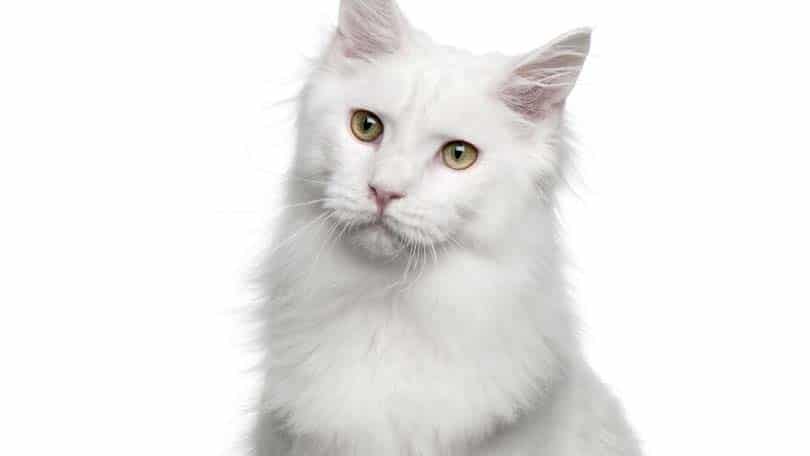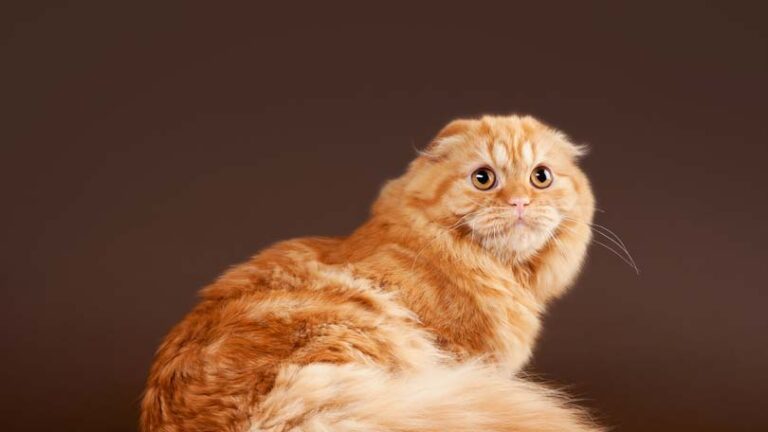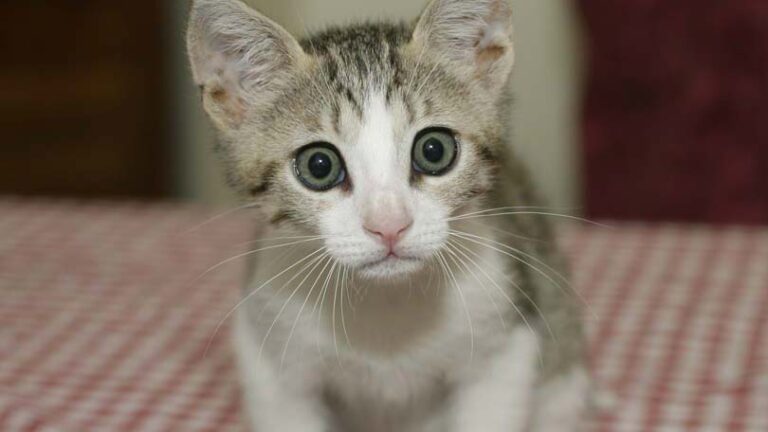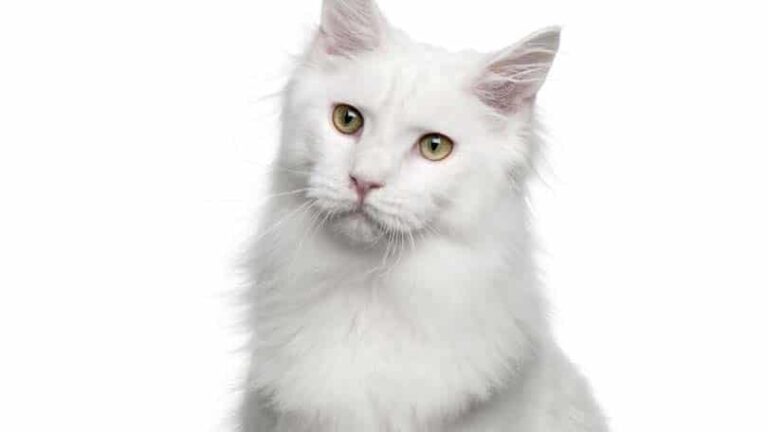Clicker Training a Cat
Clicker training your cat has become a very popular way of training. The reason it has taken hold of many cat owners is the fact that it is not only fun for both the cat and the owner; it is also safe and healthy. The clicker is used to identify and make known good behavior- and then reward it.
This fits into the concept that cats learn by experience. If something they enjoy results from their actions, they will continue to do it. If something not desirable happens, they won’t do it. Clicking training eliminates the inclination to reprimand or punish, which are both ineffective ways to train a cat.
About Clickers and How They Are Used
A clicker is simply a device, mechanical in nature and very simplistic. It makes a very distinct click sound when pressed. This sound is then used to indicate to the cat when they have done something good. Being that cats do not communicate as we do, this provides a very clear and non confusing way for us to communicate with our cats. This noise, coupled with a positive reinforcement proves to be the best way at training your cat.
The difference between clicker training your cat and strictly the reward system is that you are identifying exactly why they are being rewarded. In other words, they could have done what you wanted them to do; however, they do not know exactly what they did. They could have done an unwanted behavior before the wanted behavior and think they are being rewarded for that. For example, they could have used the litter box , but jumped on the counter beforehand. If you reward the cat after they use the litter box, your cat could also associate that with jumping on the counter.
Getting Technical behind Clicker Training Your cat
In a more technical tone, clicker training uses two different approaches. The two areas where clicker training can be classified are:
- Classical Conditioning
- Operant Conditioning
Classical conditioning is where you associate a sound, image, etc. with an action. In turn, a certain reaction, or behavior pattern will result from its association. This is more of a habitual type response.
Operant Conditioning is when the association to the outcome is known and the subject, the cat in this case, creates a behavior that will yield the result they want. In other words, classical conditioning is automatic and operant is intentional.
Clicker training is classified under both due to the fact that it starts with classical conditioning first, and then moves into operant conditioning. Operant conditioning is more desired because they are aware of their actions. They are making a choice to behave appropriately. By doing this, your cat will retain this information and still comply years later. In classical training, they are not aware and have no intentions; therefore, it will not be as long lasting.
Why Can’t You Just Say “Good Job!”
Although the human voice is a powerful tool, it is expressed in many different ways. Each time you say something, it comes out differently. Although you many think you use the same tone, you are not. For example: you can say “good job” in many different ways. You can make that sound exciting, monotone, sarcastic, sad, terrifying and more. The outcomes are endless.
By using a clicker, it sounds the same each time. There is no room for misinterpretation. When you click it, your cat knows that they have done something good.
Another point to be made is that the cat hears human voices on a regular occurrence. The “click” made by the clicker is distinct and not common. This noise catches the attention of a cat and is easily identified among other sounds around them.
Clicker Training Your Cat to Obey Cues or Commands
Clicker training your cat to obey commands, which are referred to as cues, is very helpful. Many people clicker train their cat to get inside a carrying case. The main stages of clicker training are:
- Achieve the behavior
- Recognize the behavior
- Reward the Behavior
When setting your cat up for cues, you must take it step by step.
- Your animal needs to first understand the concept of the clicker. This would mean proceeding with normal clicker training as discussed above.
- After your cat associates the clicker with good behavior that is rewarded, introduce the next step. This step would be to associate the word. When you notice your cat about to do the behavior you have predetermined, say the “cue” that you want to associate with that action. After they do the action, click the clicker (recognizing the action), and then reward your cat.
- After many runs of this, click and praise/reward after the cat performs the action. Do not reward the cat if you did not give the cue first. They must learn to wait and anticipate the cue before they react and get the reward.
Clicker Training Your Cat Can Be Used for Unwanted Behaviors as Well
Clicker training your cat is not just used for training new and desired behaviors. As you use clicker training, your cat will be able to distinguish desired and undesired behavior. If your cat is not getting rewarded for jumping on the counter, they will no longer do it. The same goes for scratching on the couch, etc. This will generally work for those cats that do these types of behaviors for attention.
Rewarding Your Cat
One of the first questions that come to mind when people are looking to clicker train their cat is if they will have to give a reward every time. This is a valid question, and the answer is no. If you are rewarding your cat with treats such as tid -bits of food, you will not want to always do that. As your cat goes through the training process, you will be able to transition to petting them or praising them. By making this transition, it will also help when you look to train on a new subject; the cat will know they get a food treat with a new behavior and will focus on it more.

Having discovered a fondness for insects while pursuing her degree in Biology, Randi Jones was quite bugged to know that people usually dismissed these little creatures as “creepy-crawlies”.







